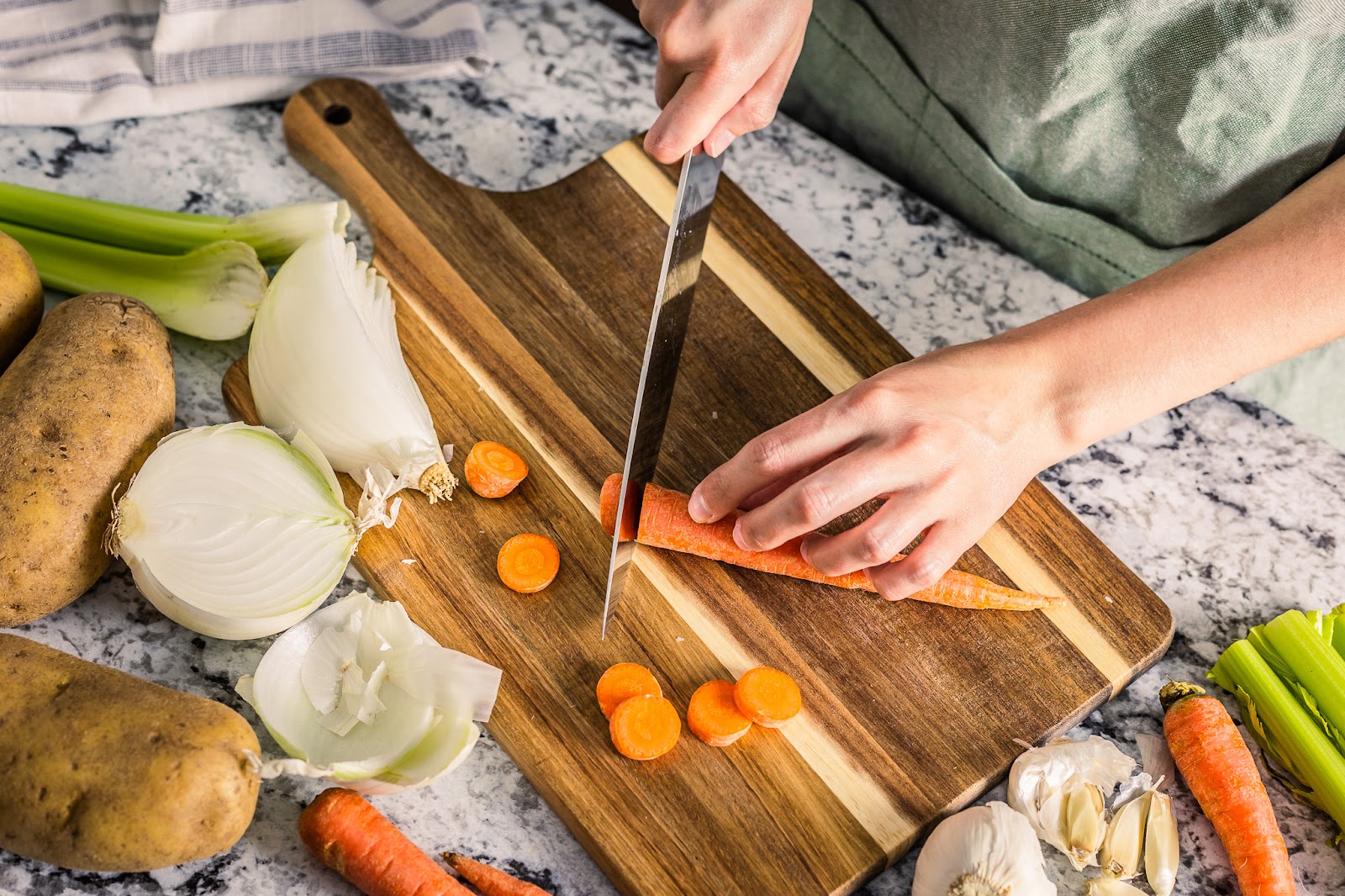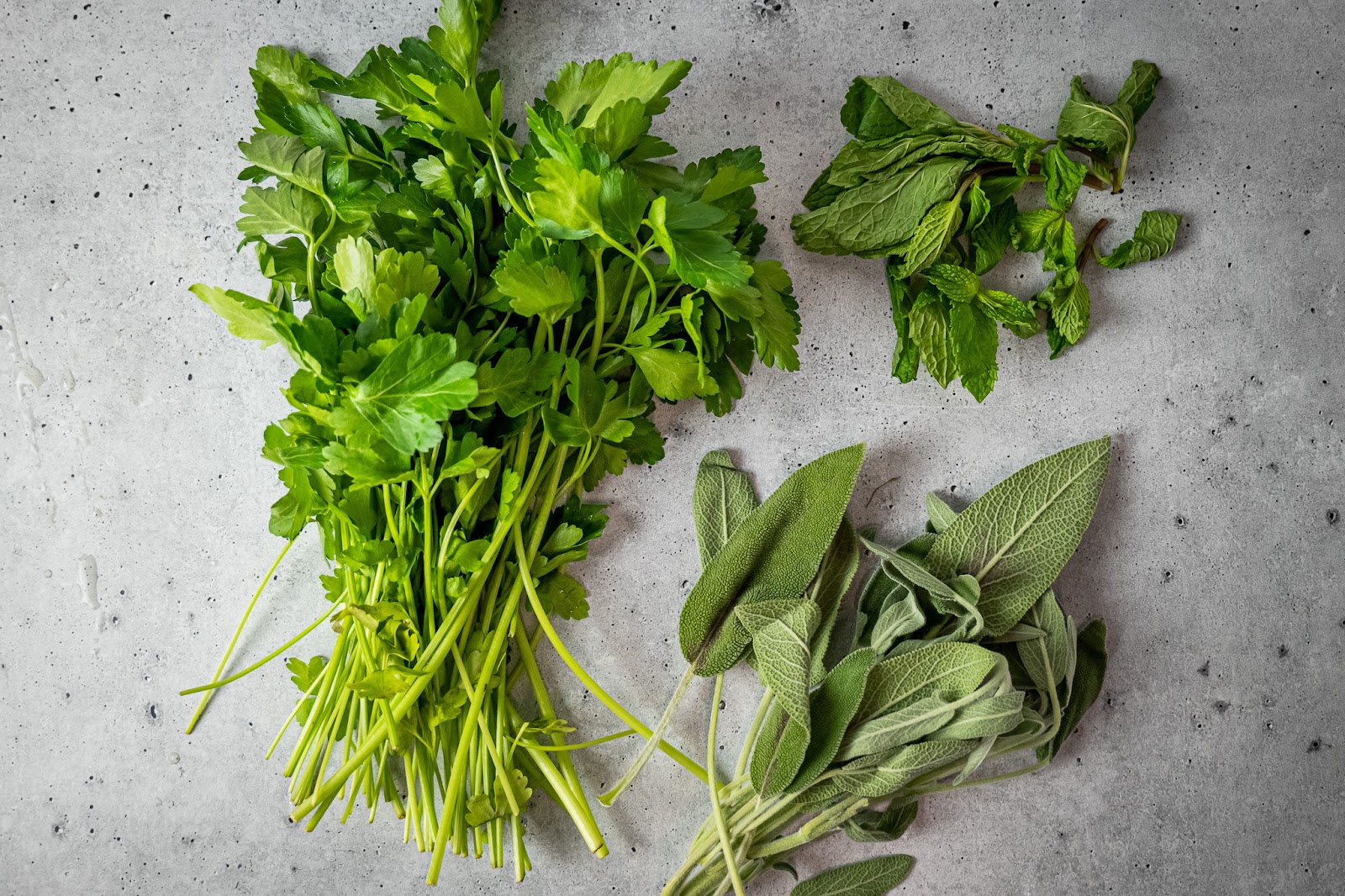It’s no secret that food waste is a massive problem. Statistics show that over 17% of food produced globally goes to waste. That’s more than 1 in every 8 items produced going to waste.
In the US, the average household wastes a staggering 31.9 percent of waste! That is hard-earned money thrown in landfills or in this case sent straight to the compost bin.
Here are the most commonly wasted items:
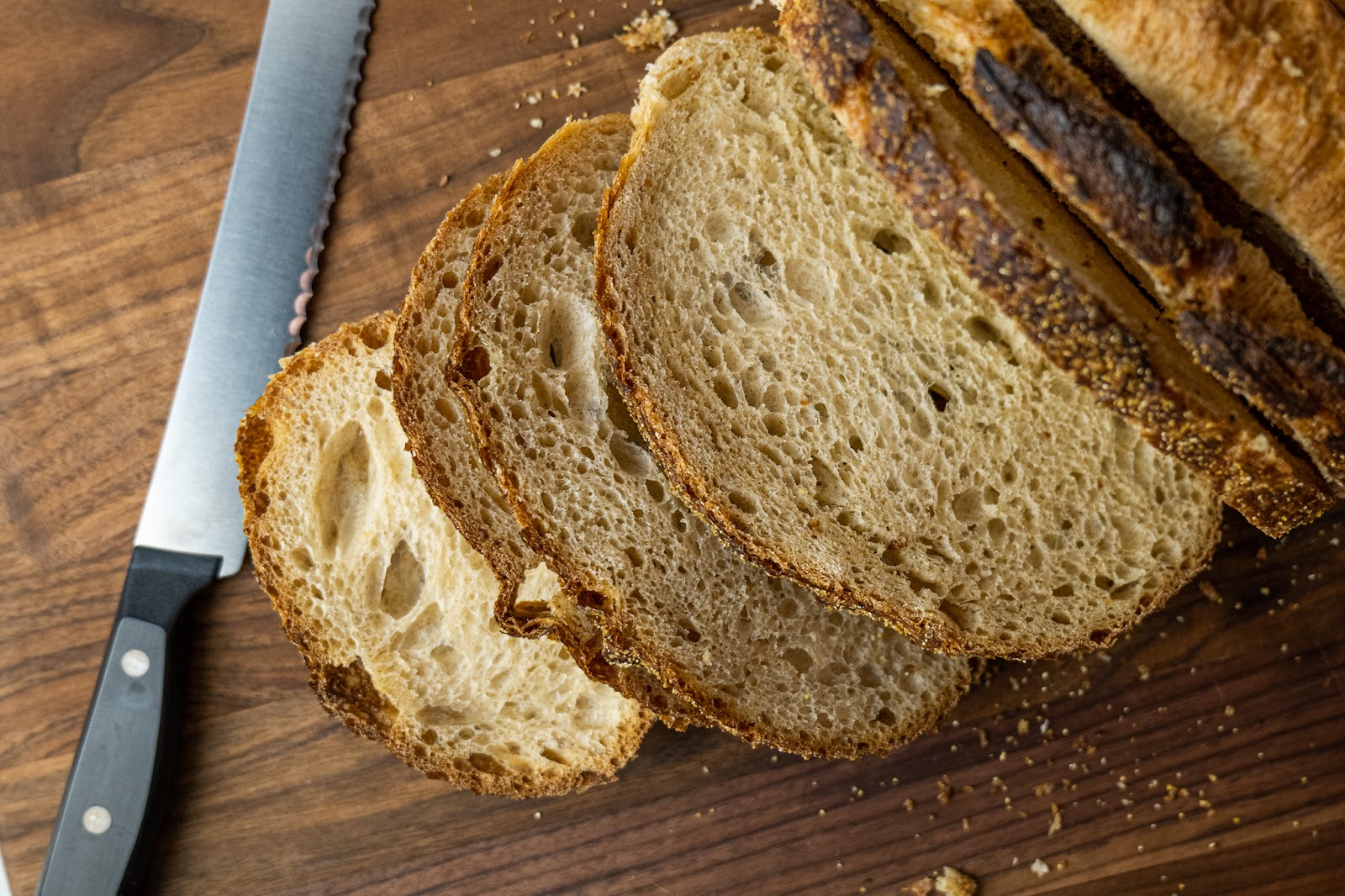
Bread: Because of its moisture-rich properties, it can become a breeding ground for mold and bacteria to grow
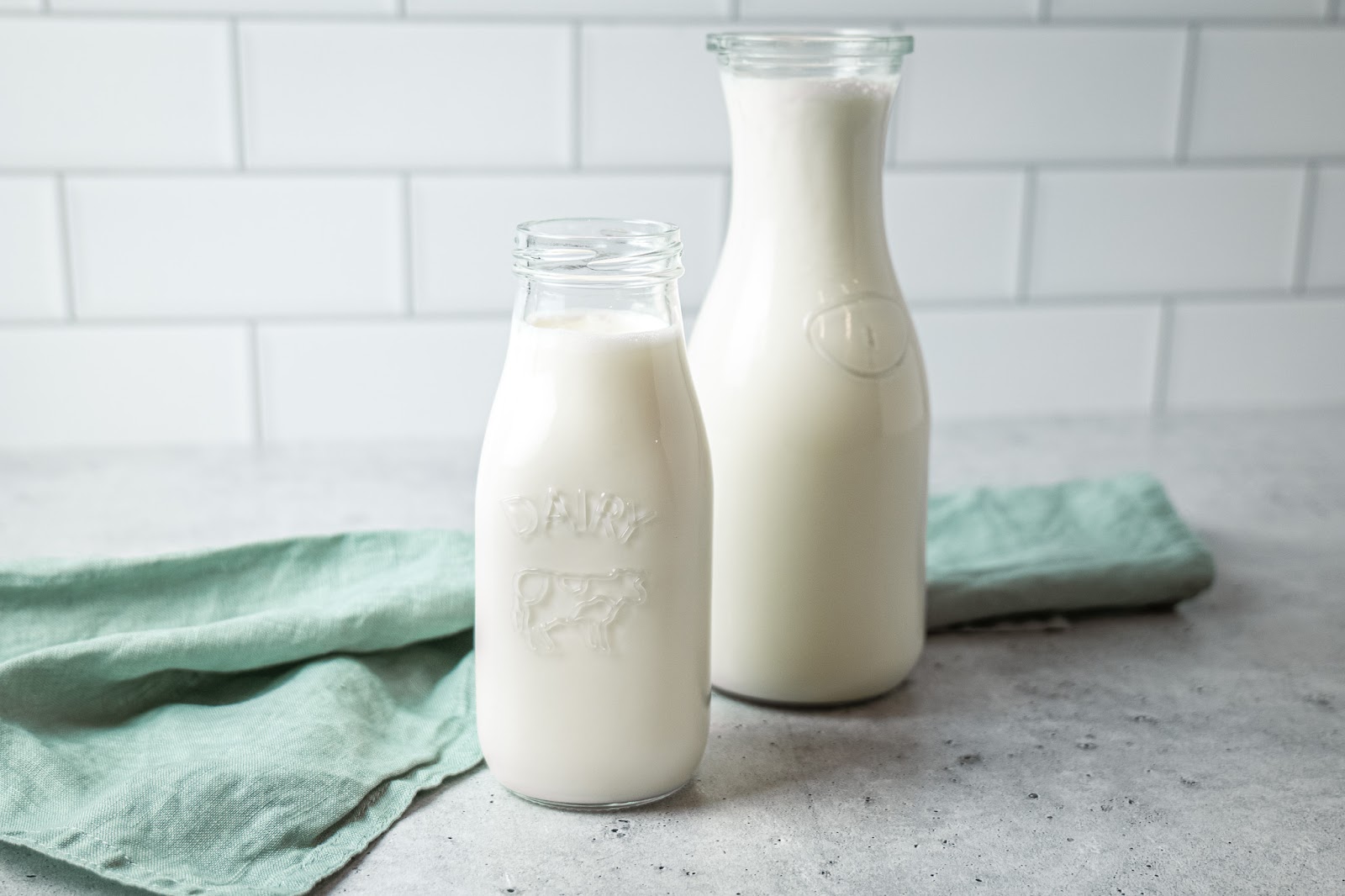
Milk: Too much of one can be a bad thing. Milk is often purchased in larger than needed quantities leading it to spoil.

Potatoes: When stored in a dark, dry place they often gets left behind.
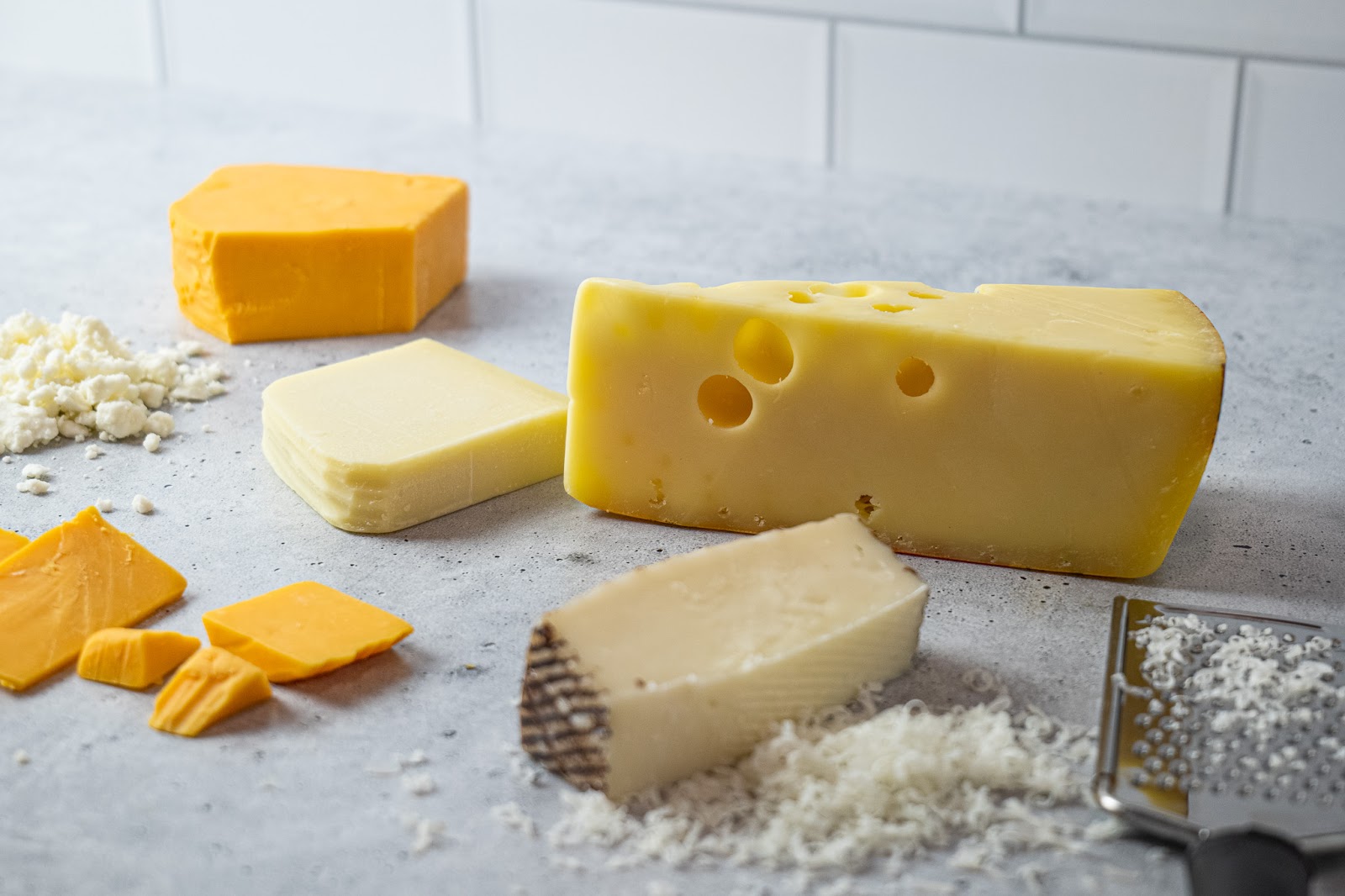
Cheese: Though it may last long, cheese can also get forgotten, leaving it to go bad and eventually, get thrown out.
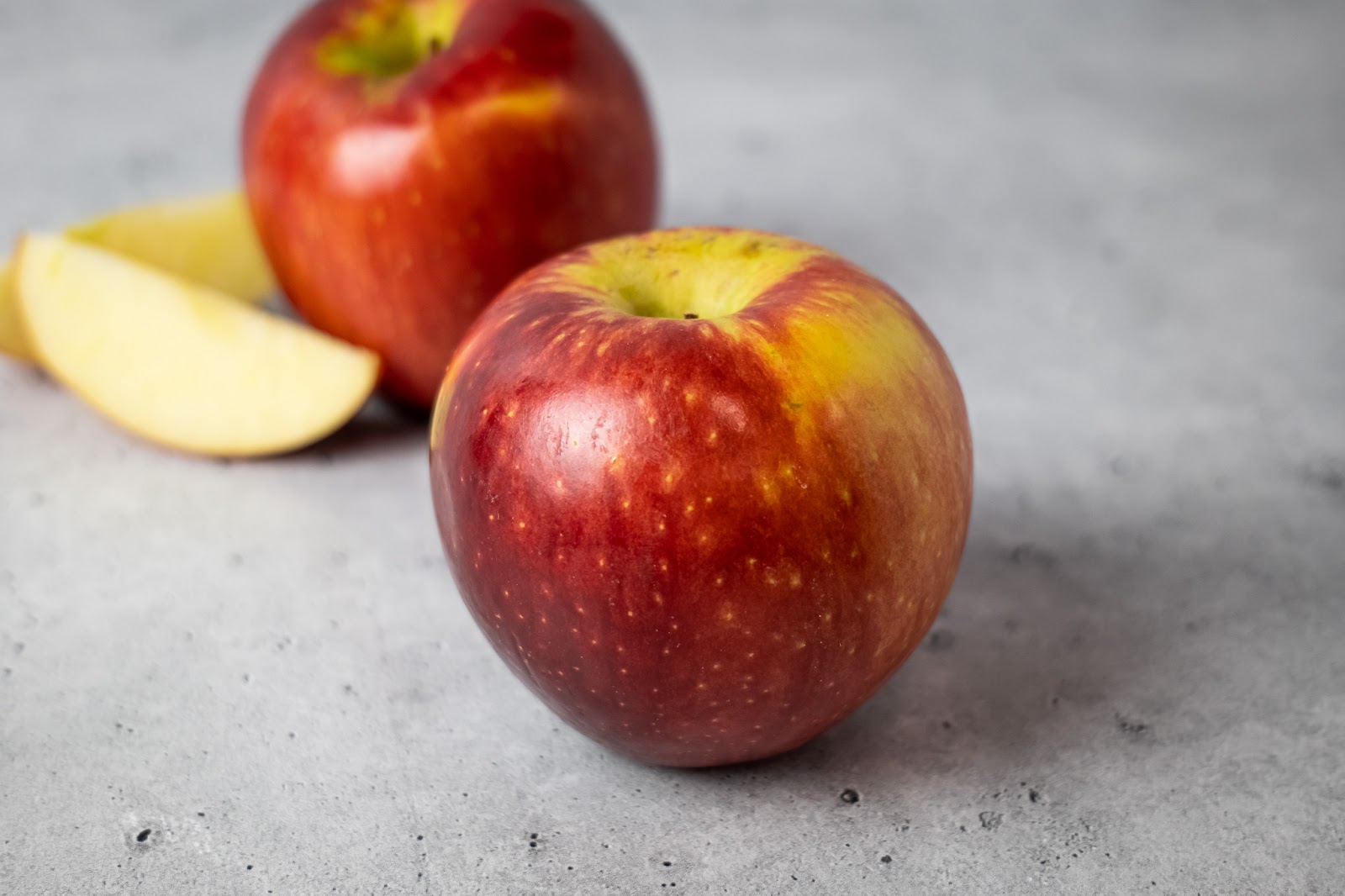
Apples: this sweet fruit often feels like a commitment to cut open and eat the whole thing, which often means they shrivel up in the crisper and rot.
Now, this article isn’t to shame anyone for wasting food. We have all been there: busy, long days from work often leading to skipping otherwise planned meals and buying takeout. Thus, the healthy and fresh produce goes bad, gets thrown out and the cycle repeats. This article is here to help you find ways you can go into the kitchen and become a food waste warrior and save your money and save your groceries with these six helpful tips.
Tips To Reduce Food Waste
1. Create a meal plan
What you get at the grocery store may not translate into the meal you wanted to make in the end. That in between is the hardest to stay on course and often leads to produce laying in the fridge. Planning your meals even if it is one meal a day is a great way to work on reducing your food waste. Having a clear idea of what you want to be making with your groceries and prepping that meal in advance are great ways to help keep you on course and ensure you use your food while it's fresh. Having a rotating menu of favorite family meals will also reduce friction in the kitchen, making it easier for you to shop and use your groceries for your favorite family meals.
2. Avoid bulk items
There is such a thing as buying too much food! Picture yourself going to the grocery store and you have a meal in mind and the one thing that would make this dish pop is a pinch of parsley or cilantro. You grab it, make the meal and leave the whole bundle in the fridge which inevitably ends up going bad.
This is a very common scenario for consumers grabbing fresh herbs, bulk items like carrots, onions, and celery as well as leafy greens like spinach and arugula. Thick twice before grabbing a large bundled item or try buying smaller portions instead. If you do end up buying a larger portion, consider alternative uses to maximize these items in your weekly meals.
Something as simple as celery used for a stew can be a healthy snack like ants on a log the next day. There are also other ways to maximize these items like freezing herbs and leafy greens in smoothie ice cubes for later when you’re in a hurry.
3. Store food properly
Storing food properly is essential to preventing food from going bad fast. There are many ways to keep from making sure food doesn't spoil including:
- Pack your leftovers and opened items in airtight containers: When using airtight containers, you are preventing moisture from getting in which doesn’t allow bacteria to grow, allowing your food to last longer. Try avoiding takeout containers and purchasing airtight containers where possible and keep your food fresher longer.
- Keep your raw meat separate: Raw meat when it comes in contact with other products can be very harmful to your health. To prevent cross-contamination, store your raw meat away from other items in your fridge on the lowest shelf in case of dripping or spillage.
- Monitor the temperature of your fridge: It’s hugely important to make sure the right temperature is there for both your fridge and freezer to keep your food staying fresh. Your fridge should stay between 1-4 ̊C and your freezer should be -18 ̊C. If you can’t find a temperature reading, try putting a thermometer in the fridge and freezer to check the temperature regularly.
- Read food labels: Quite a few items in your pantry should probably be placed in the fridge. Many jarred items like peanut butter or jelly can be stored in the pantry but once opened, should be stored in the fridge. Check your food labels to ensure that your food ingredients are being stored properly for safety and to maintain freshness. Proper storage will help your food items last longer, reduce food waste, and help your budget.
- Label and date your food: In a professional setting, chefs label and date their food to ensure the oldest items are being used first and the rotation continues. This can also be implemented in your home with the help of masking tape and clear airtight containers. Just place a piece of masking tape on the container with the date and name of the item and you can keep track of the quality of items in your fridge. If in doubt, throw it out.
4. Check what’s in your fridge and pantry
Do you know right now what’s on your sauce shelf? We can hardly even keep up with all the condiments lurking around. It’s really helpful to really go through what’s in your fridge and take an inventory note once a week to make sure those extra ingredients aren’t missed while lurking in the back of the crisper drawer or shelf.
Take a few minutes a week to look at what you have before grabbing some takeout or thinking of getting some more groceries. This can both help maximize your groceries but also help you hone your culinary skills. Think of it like a mystery box challenge and make what you can with the ingredients you have, often the meal will surprise you.
5. Invest in Proper Food Storage
Proper food storage will increase the shelf life of your products. Extending the freshness and shelf life of your food items can be as simple as storing items in airtight containers, placing them in a dark area of your pantry, or placing your leafy greens in the correct drawer in the fridge.
Maybe your bananas went bad because you stored them somewhere that they're easily forgotten. Next time, place your fruit in an area where there's more foot traffic and visibility. They're more likely to be eaten when easily accessible.
6. Food Waste Audit
Commit to performing a food waste audit. Track any food that you've had to throw out or that's gone bad. This simple exercise will create more awareness of your personal amount of food waste and assist you in recognizing habits or solutions that can help you reduce that amount. If you find yourself continuing to throw out fresh produce after it's gone bad, consider alternating with frozen fruits and vegetables.
Creative Ways to Reduce Food Waste:

Make Delicious Broths At Home
Leftover food scraps can create incredibly delicious or flavorful broths. Use vegetable scraps like peppers, celery stalks, garlic, and onion peels to create a flavor-packed vegetable broth. Have beef bones? Try our Instant Pot Bone Broth recipe, packed with nutrients like collagen.
Day's Old Bread
Turn that day's old or dry bread into croutons. Simply drizzle with olive oil and place in the oven until the bread turns golden bread. Croutons are great additions to salads. You can even turn them into breadcrumbs to use as breading
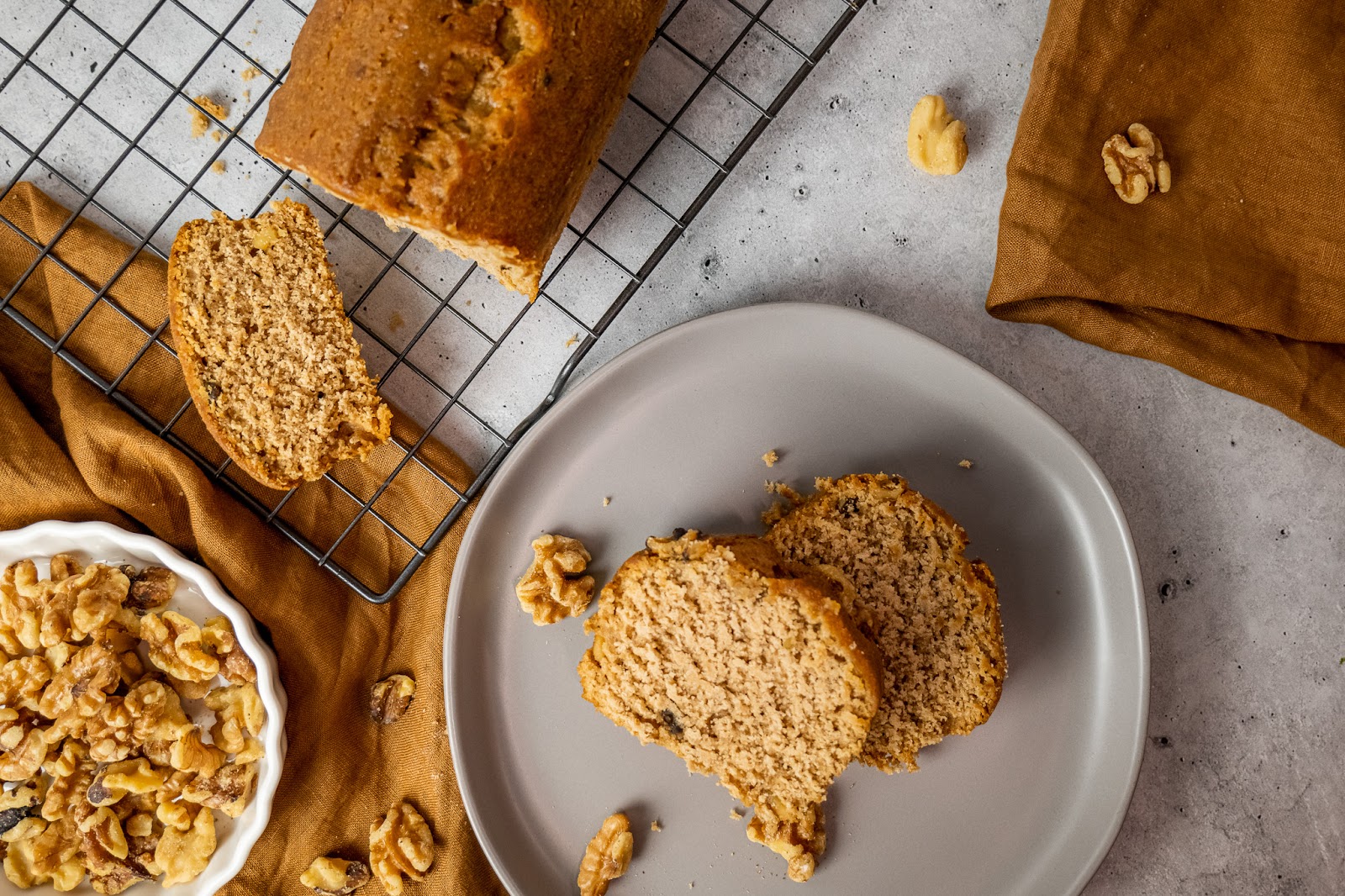
Spotty Bananas For Banana Bread
Got spotty, brown bananas? Don't throw them away. Instead, make this easy delicious banana bread that you can and your family can enjoy.
There are so many resources out there for you to find ways to reduce waste, the difficulty happens when implementing them. That’s why we created a tool to help take the guesswork out of making recipes with your leftover ingredients. Just type in your ingredients and you will get hundreds of recipes to try out. You can check out the Use Up Leftovers tool here. It saved us a ton of groceries from going to waste and we hope it will for you too!
Food waste is something that affects your budget and our planet and it's a growing problem. But reducing food waste doesn't have to be complicated. With the tips we discussed, you can feel good knowing that you're helping save your budget and the planet, one day at a time.
